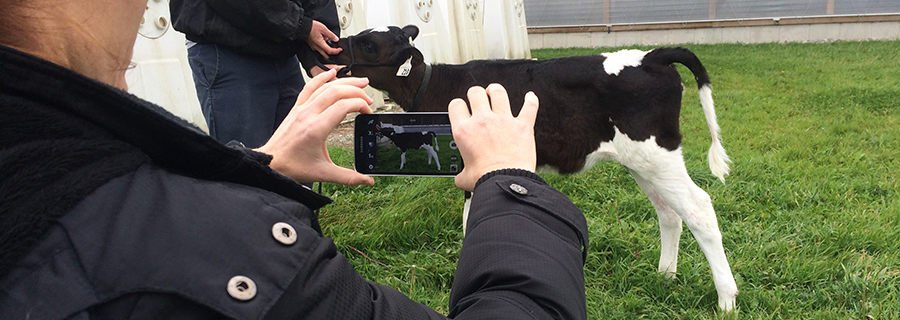How to Submit Registrations at Holstein Canada
There are 4 easy ways to register an animal:
- Online: Sign-up for a Holstein Canada account and submit an e-registration.
- ConneXXion App
- Electronic Registration Application (ERA): Use your
existing records prepared from your on-farm software to register
animals.
For assistance, please contact your field representative or customer service
Helpful how-to guides available:
DairyComp 305
DeLaval DelPro
GEA DairyPlan C21
GEA DairyNet
Lely-Horizon
- Accredited Filing Business: Submit registrations through CanWest DHI and Valacta who offer these services to submit registrations on your behalf. If you are submitting your registrations electronically online, ERA or through an accredited filing business, you will require an electronic registration filing agreement (ERFA).
- Hardcopy: You can mail or fax hardcopy register forms to Holstein Canada. Need more hardcopy registration forms? Click here to order .

What information do you need to register an animal? Here are 4 quick steps to follow:
- Step 1: Record the following pieces of information on the
animal:
- service date and animal serviced
- sire ID in herd breeding records.
*Review the Record-Keeping guidelines to ensure you keep appropriate records. - Date of birth, sex, and birth type (ie.twinning and colour)
- Step 2: Tag newborn calves with approved dairy tags (DairyTrace/Attestra) tags upon birth of animal.
- Step 3: Submit your application for registry by one of the above 4 ways.
- Step 4: Verify accuracy of birth information with herd records upon receipt of Certificate of Registry
